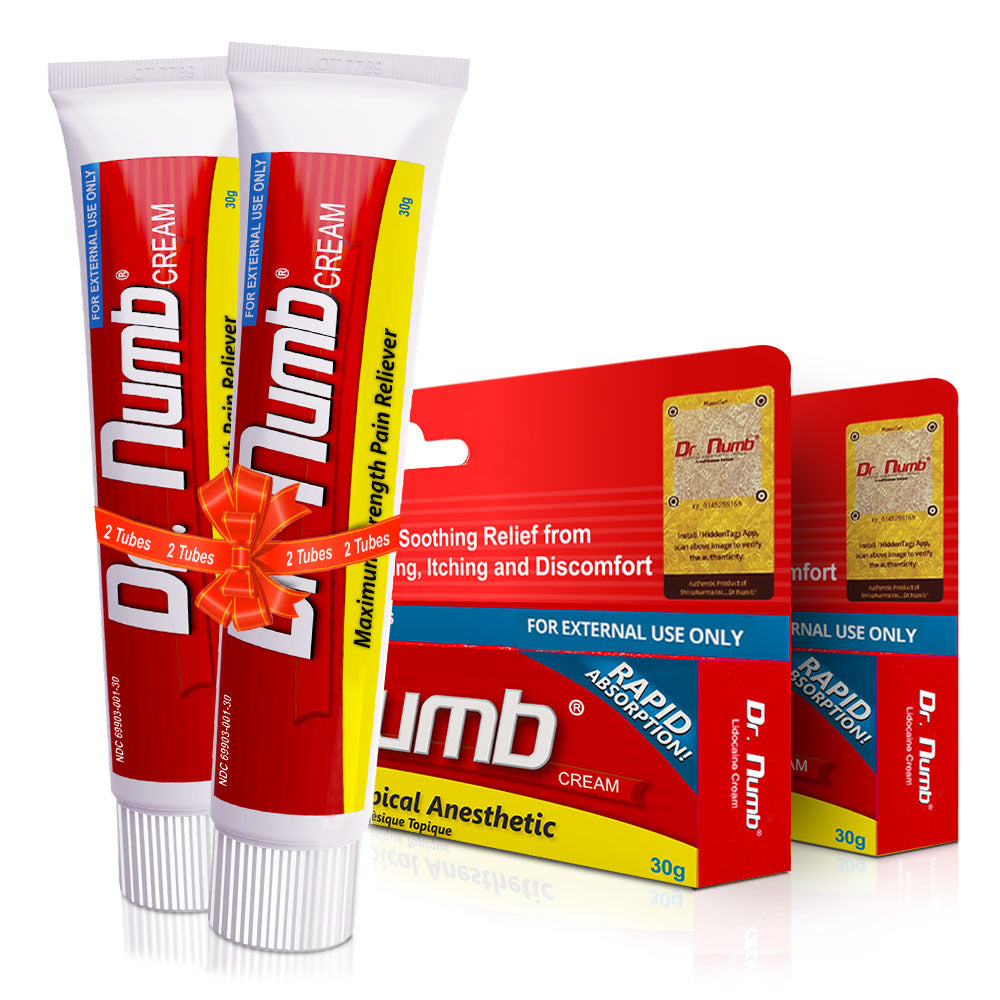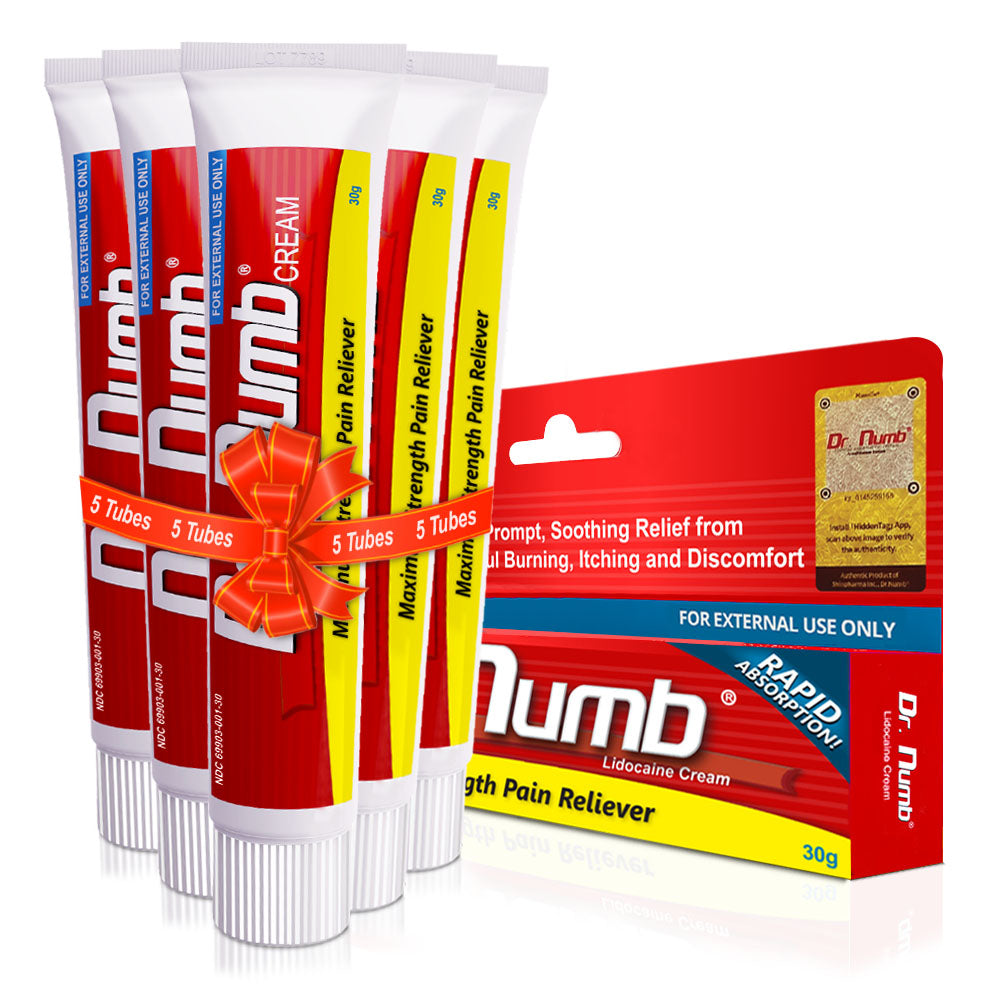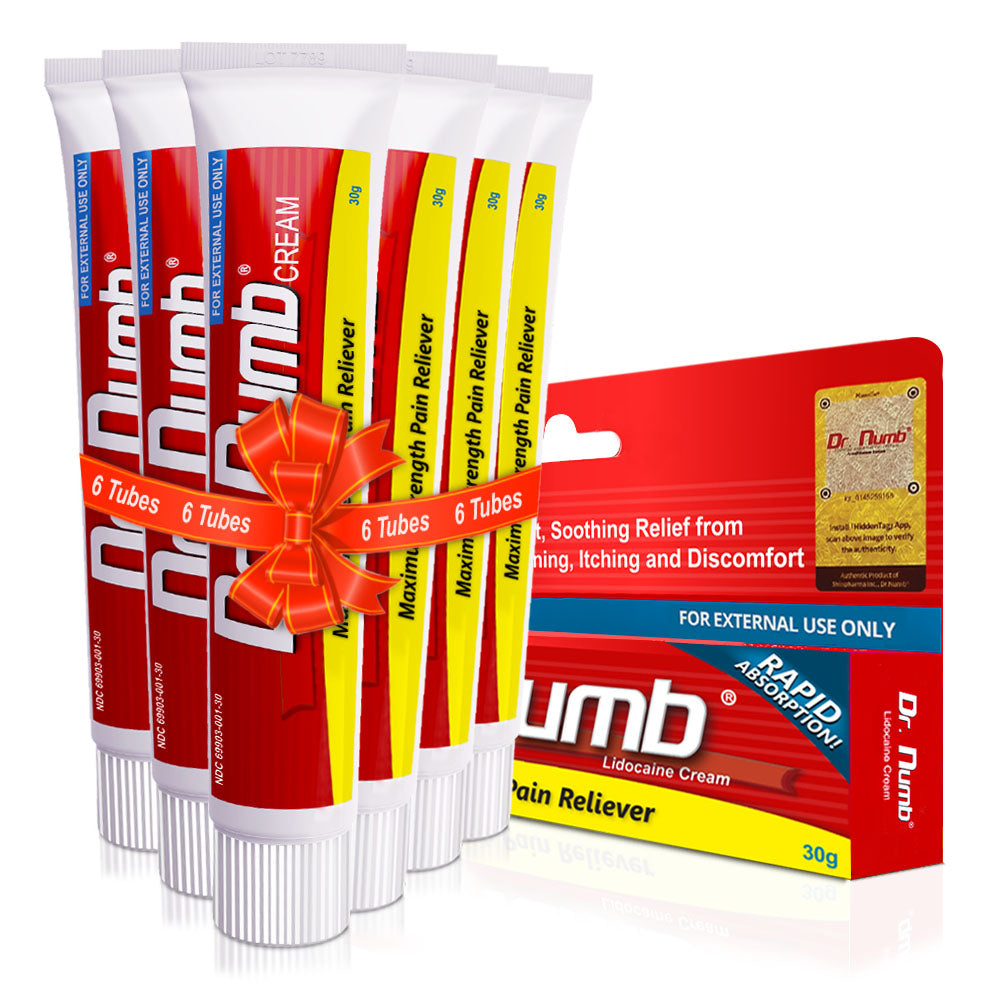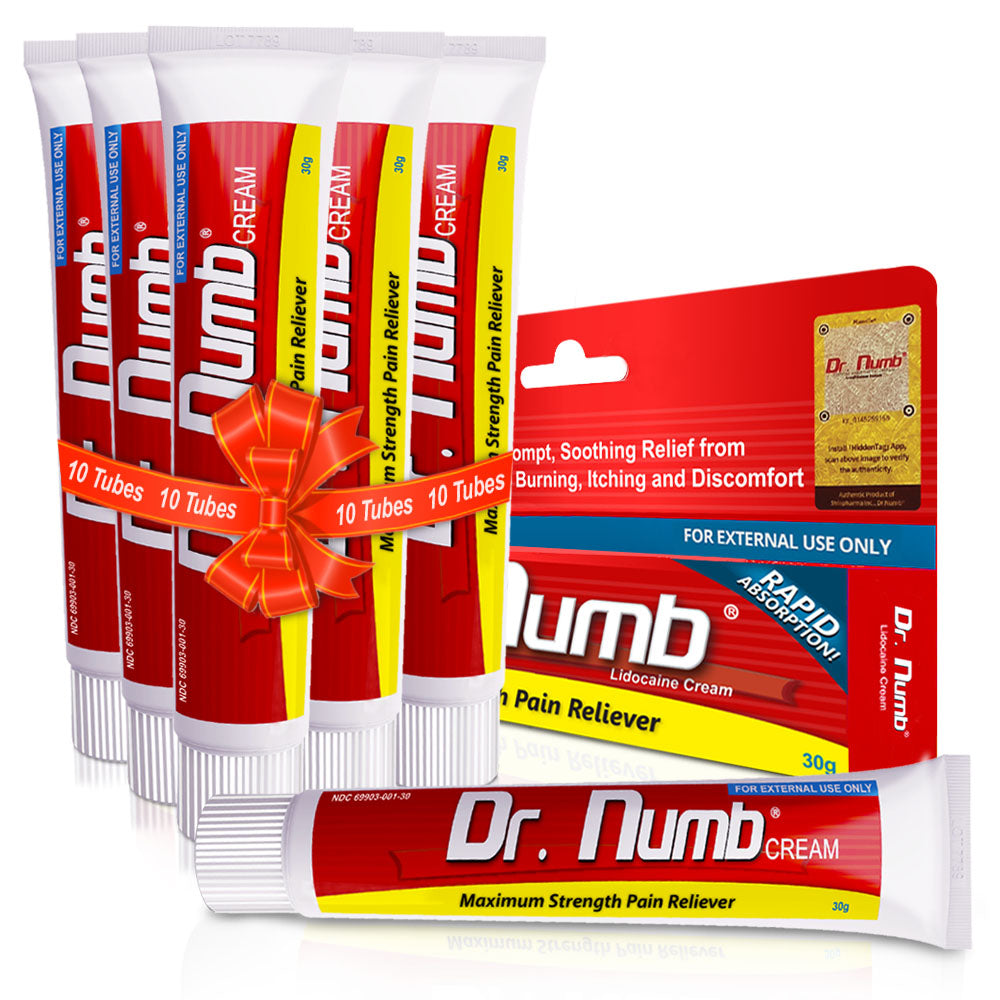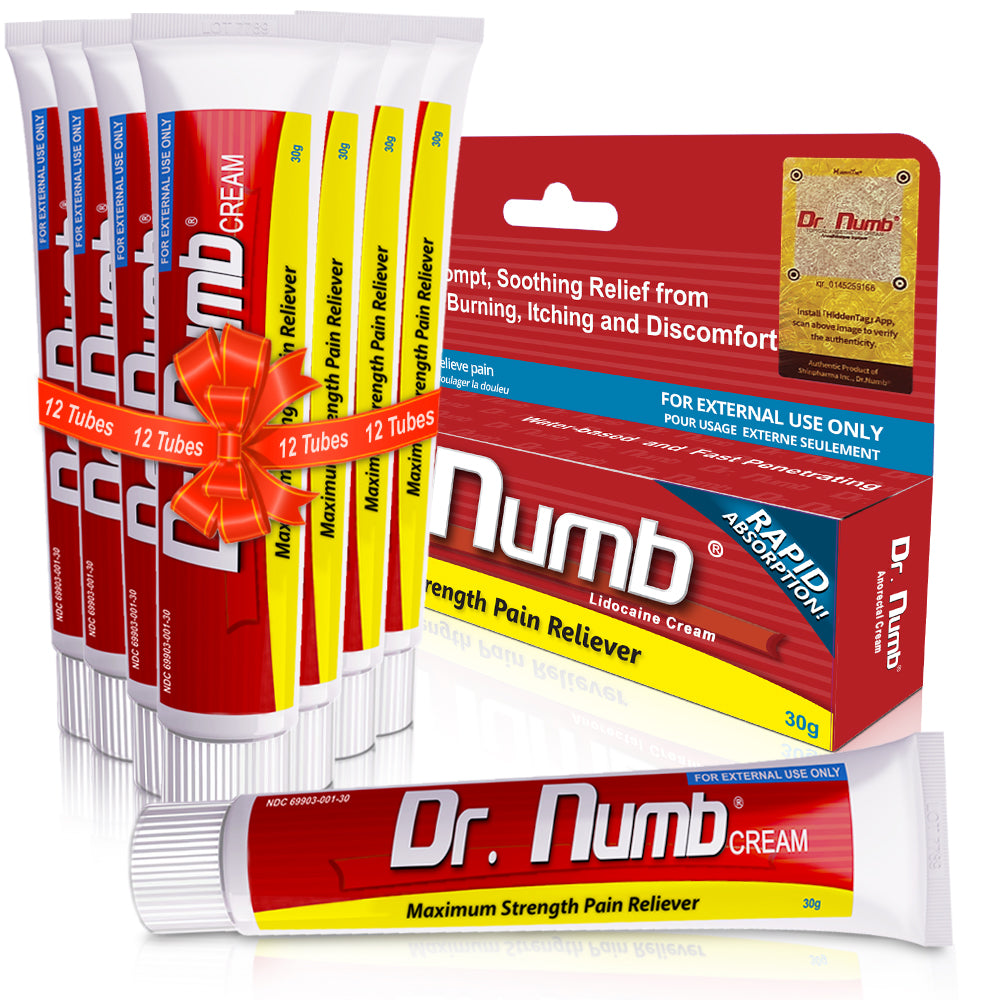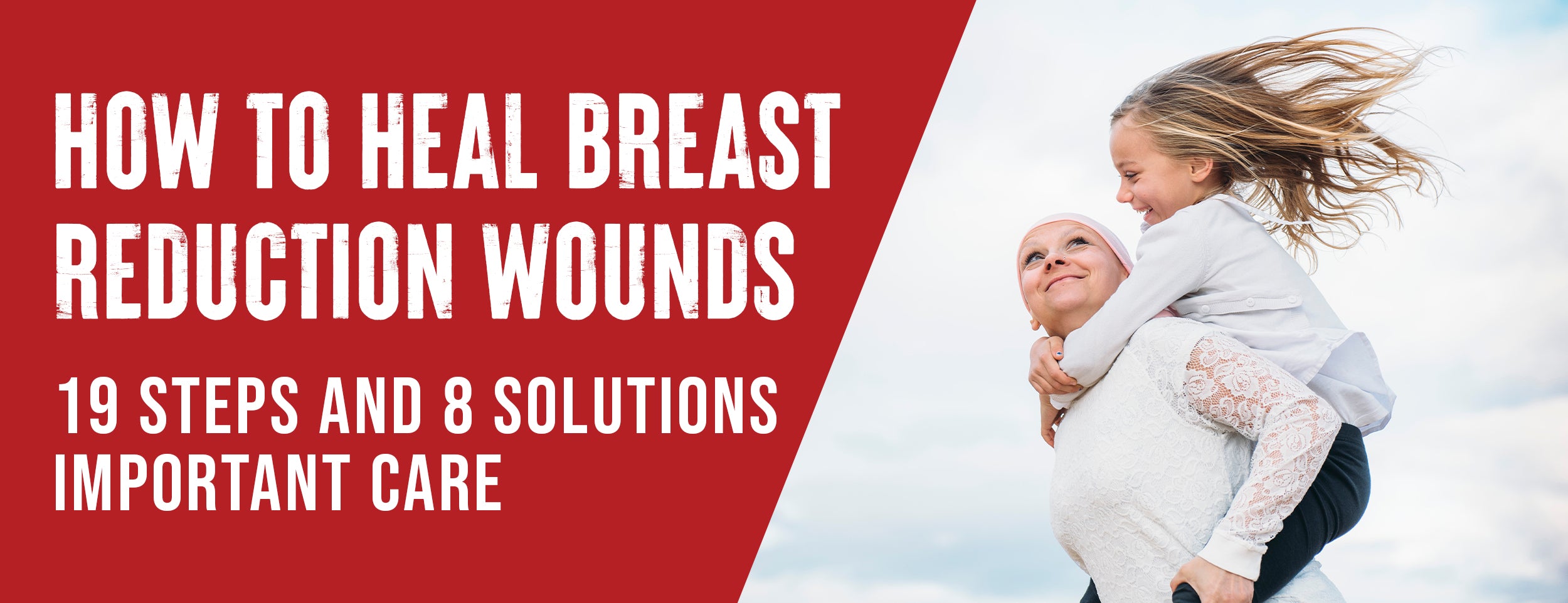A wound heals faster when moisture is present, as it prevents dehydration, enhances angiogenesis, accelerates collagen synthesis, and breaks down dead tissue and fibrin. Pain is reduced while the wound becomes more attractive.
Moist wound healing may not be suitable for all chronic wounds. You should be cautious when using moist dressings on patients with diabetic foot ulcers that have gangrenous areas. A dry gangrene infection can become a wet disease when moisture accumulates under the bandage.
We will explore when moist wound healing is not recommended and the factors influencing this decision.
When is Moist Wound Healing Not Recommended: 4 Affecting Factors

Moist wound healing has been shown to speed up wound healing by promoting tissue regeneration and preventing infection. Moisture wound healing may not be recommended in some situations.
Type of Wound
Some wounds are unsuitable for moist wound healing due to their specific characteristics. These include:
- Dry wounds: Wounds that are already dry and lacking moisture do not require additional water as it may delay healing and make it more difficult for the damage to close.
- Infected wounds: Moist healing is not advised for infected wounds as it can contribute to the growth and spread of bacteria.
- Necrotic wounds: Wounds with necrotic tissue present require debridement before moving onto moist wound healing, as the moisture may promote bacterial growth and increase the risk of infection.
- Burns: Moist wound healing is not suitable for severe burns with large areas of damaged tissue, as it can cause fluid accumulation and impede the healing process.
Moisture Level of Wound
The moisture level in a wound is another vital factor to consider before using moist wound healing. Sometimes, it may not be recommended due to:
- Excessive moisture: Wounds with excessive water can lead to maceration, where the skin becomes soft and breaks down. This can impede wound healing and contribute to infection.
- Minimal to no moisture: Wounds that are too dry and lack moisture must be hydrated before using moist wound healing methods.

Overall Health of the Patient
Patient factors also influence the decision to use moist wound healing. These factors include:
- Immune system function: Weakened immune systems may have a higher risk of complications from moist wound healing, such as infections.
- Age: Older patients may have more sensitive skin and be more susceptible to skin breakdown and other complications from moist wound healing.
- Presence of comorbidities: Certain comorbidities, such as diabetes and peripheral vascular disease, may affect wound healing and potentially make moist wound healing not recommended.
Allergies or Sensitivities to Moist Wound Healing Products
Some patients may have allergies or sensitivities to products used in moist wound healing. This can include:
- Adhesive dressings, which can cause skin irritation or allergic reactions.
- Hydrogels, which can cause itching or redness.
- Topical antibiotics can cause allergic reactions or skin sensitivity.
Moisture Wound Healing: 3 Restrictions

It is essential to understand when not to use moist wound healing. This wound care method is unsuitable for all patients, particularly those with certain skin conditions, diagnostic test procedures, and wound bed preparation.
Skin Conditions
Moist wound healing should not be used for patients with the following skin conditions:
- Dermatitis: Inflammation of the skin, often causing itching and redness.
- Eczema: A chronic condition causing itchy, inflamed skin.
- Psoriasis: An autoimmune disorder characterized by patches of abnormal skin.
- Contact dermatitis: A rash caused by the contact of an irritating substance with the skin.
Diagnostic Tests
Patients who have undergone specific diagnostic tests should only use moist wound healing once the wound has healed completely. These tests include:
- Biopsies: The removal of a small piece of tissue for examination.
- Skin grafts or flaps: Surgical procedures where the skin is transplanted from one area of the body to another.
- Radiation therapy: A treatment often used for cancer patients

Wound Bed Preparation
A moist wound healing method is not recommended for patients who require debridement or negative pressure wound therapy.
- Debridement: The removal of necrotic tissue or foreign material from a wound.
- Negative pressure wound therapy: a technique used to promote wound healing by removing excess fluid from the wound.
Using moist wound healing in these situations could delay or hinder wound healing.
Moisture Wound Healing: 4 Risks & Complications
While moist wound healing has been gaining popularity, it is not always the best choice for every patient and wound type. Inappropriate use of this approach may lead to risks and complications that could further delay the healing process and affect patient comfort. Let's explore these risks and complications.
Delayed Healing
One of the biggest risks of using moist wound healing inappropriately is delayed healing. It can be caused by several factors, including:
- Excessive moisture: Too much exudate or water in the wound bed can create a barrier that prevents the migration of cells needed for healing.
- Incorrect dressing choice: If the dressing cannot effectively manage the wound exudate or creates an environment that is too moist or dry, it can hinder the healing process.
- Secondary infection: If the wound becomes infected, it can slow healing.
Infection

Infection is another risk of inappropriate moist wound healing. This can occur if the wound needs to be cleaned and disinfected before applying the dressing or if the sauce needs to be changed more frequently. An infected wound will exhibit redness, warmth, swelling, pus, and a foul odor from the wound.
Excessive Granulation Tissue
Excessive granulation tissue or hypergranulation is another complication that can occur with inappropriate use of moist wound healing. This is when there is an overgrowth of the tissue around the wound bed. It can cause pain, delay in recovery, and lead to scarring.
Pain or Discomfort for the Patient
Improper use of moist wound healing can cause discomfort to the patient. This can be due to several reasons, including if the dressing is too tight, if there is too much exudate buildup under the sauce, or if the dressing needs to be changed regularly. These factors can cause irritation, itching, and discomfort for the patient.

Conclusion
Moist wound healing is a widely used and effective healing technique. However, proper consideration of the patient's overall health and individual wound circumstances must be given before deciding on the appropriate wound-healing method.
Using moist wound healing in situations where it is not recommended can lead to adverse effects and poor healing outcomes.
Wound healing needs to be moist in specific wound care situations. Consider utilizing alternative wound-healing systems to ensure patients receive optimal care and an effective healing process.




